|
Street barbers were named as such because they operated along the "five-foot-ways" of shop houses or from makeshift tarpaulin tents by the road. These makeshift stalls comprised a bare minimum of a few chairs, a wall mirror, a cupboard and a few plastic bins with water. In the old days of Singapore, many street barbers were Malays but there was a fair share of Chinese and Indian barbers too. Full-service in the olden days included ear, nose and tongue cleaning. Ears were scraped of earwax with long thin metal rods hooked at one end. The tongue was cleaned of its white coating by a gentle scraping with the barber's knife. Malay and Indian barbers ended their service with a good head and shoulder massage. Under a tiny blue tent along a back-alley street, a barber who has beautified his loyal customers for ages carries on snipping away. Yet, time seeks to cut off its relationship with him as. I had a great opportunity in my life to watch how his dedication has kept the craft alive and how his humble establishment can still remain grounded, undeterred by change. Here's the pictures and story that i have collected for one of the least few remaining street barbers in Singapore, a vanishing trade and to be remembered - Barber Mr Lee and his shop located at 23 Amoy Street. Before that, i must say that while i was doing the photo shoot and the short story interview with Barber Mr Lee, my thoughts were steeped in full respect and nostalgia. Sometimes, waxing nostalgic about valued past experiences makes us feel as if our lives are full of purpose and meaning. Arriving at this rustic destination, as an avid traveller, i often feel as though i have moved back in time. If the past is a foreign country, then it is equally true that tourism transforms histories into proxies for a lost past. Such nostalgic journeys through space and time are inevitably bound up with the traveller's sense of home. Back street barbers are an interesting sight indeed. Just a lone, rusty barber’s chair, sheltered from rain and shine by a canvas sheet. A small cupboard with interesting tools. A manual clipper. A strip of leather. A dying scene in Singapore. A vanishing trade. When i put up a sincere request to do a photo shoot and short story interview, 74-year old Barber Mr Lee gladly agreed. A friendly chat with Mr Lee revealed that he has been a barber for 50 years! He moved to the streets around 13 years ago when he could not afford the escalating cost of renting a shophouse. Not wanting to give up his long-time trade though, he sold two of his three barber chairs and kept the last one to set up a makeshift stall at a nearby back alley at Amoy Street. Mr Lee is still enjoying brisk business, mainly due to the loyal following of elderly men or migrant workers seeking cheap, hassle-free trims. Mr Lee’s barber shop offers S$6 haircuts in the back alley behind 23 Amoy Street is a fixture on the Singapore scene, literally. His special barber’s chair is embedded in the pavement, in precisely the same spot where it has been located for 50 years. Mr Lee is one of the few remaining street barbers Singapore and he’s honest to a fault. He told me he can only do simple styles, and sorry ladies, he doesn’t cut women’s hair. He is afraid it’ll look bad and they’ll get mad at him. These days, the $6 Lee charges is one of the lowest rates in town. Mr Lee's earnings depend on the weather. Rainy days mean fewer customers. Mr Lee services an average of just two or three customers a day and sees four or five customers on public holidays. Just like the old days, charges increase during the Chinese New Year season as the Chinese flock to the barbers for a fresh haircut to usher in the new year. When first started learning barbering services as a young teen, Mr Lee was taught to be kind, to develop a relationship with the customers, listen to what they want and count on his skills for the rest. He was taught that If he followed that simple mantra, he was told, he would have the customers he needed to support him. Mr Lee personally don't think that he has to be an excellent barber to have good business. If the customers like him as a person, even if you could be operating in an alley and have a barber shop and someone would still come in if they like him. Mr Lee said a barber is a lot like the family doctor and loyalties run strong, even when some folks move, if they begin to feel comfortable with the service they receive and get to know the practitioner. Mr Lee also commented that some people don't like to change, if they get with a barber and like what he does, they will somehow drive 30 to 40 miles just to go back to him for his hair services. A pair of sharp scissors, razors, brushes, combs, powder puffs and barber cloth were the typical tools of the trade. It was not until years later that barbers adopted electric clippers into their toolkit. Mr Lee's equipment remains faithful to him. The barber chair he uses has lasted more than 20 years. Other instruments like his scissors and clippers have histories almost as old. He credits this to production techniques of the past, that made more durable instruments and says few modern manufacturers match up. Working alone and putting his skills to good use is a dream for Mr Lee. He finds it more relaxing because he has the freedom to choose when to and not to operate, opening only from 10 am to 4 pm from Monday to Saturday. Every barber has a different tale to tell of how he entered the profession. These barbers of former times either picked up their skills by working as trainees under an established barber or were self-taught. These young apprentices would eventually start their career as roadside barbers.
When Singapore underwent a massive industrialisation, old buildings were torn down to give way to high-rise modern buildings. With better technology and higher standard of living, the simple and traditional roadside barbers are in no time replaced by modern and sophisticated saloons. Images of roadside barbers dotting the back alleys are gradually becoming a rarity. How does one sing to the ever-changing tunes of modernization and retain at the same time a comfortable sense of being at home in it? Despite this, there are still a few who are still struggling to keep this trade and forgotten part of Singapore alive. Nevertheless, will this trade be forgotten like many other vanishing trades and become a thing of the past where children of the next generation will only read about in textbooks? p/s: Special Thanks to 74-year old Barber Mr Lee for giving me this rare opportunity to do a photo shoot cum interview on his vanishing trade in Singapore - street / roadside barber. Thanks so much for your heartwarming story and some life lessons given during the photo shoot. Much appreciated. I sincerely hope that you will continue to keep up this old trade in a good pink of health. Take life easy, live well and be happy too. That's what you - Barber Mr Lee - had taught me. :-)
4 Comments
jacqueline
6/11/2013 07:36:17 am
Hey where in Singapore is he located?
Reply
Alvean Lee
26/6/2020 09:48:55 pm
Dear Jennifer,
Reply
27/6/2020 12:30:00 pm
Dear Alvean, my sincere condolences to you and your family. Thanks very much for informing me of your father's passing. He was known to be a very friendly and humble person. During my photojournalism interview with him in 2012, he shared much of his experience as a street barber and how he proudly supported his family and daughters' education by being a street barber. I was full of praise for him and gave him credit for doing this trade for so many decades. May he rest in peace in heaven.
Reply
Leave a Reply. |
Author
|

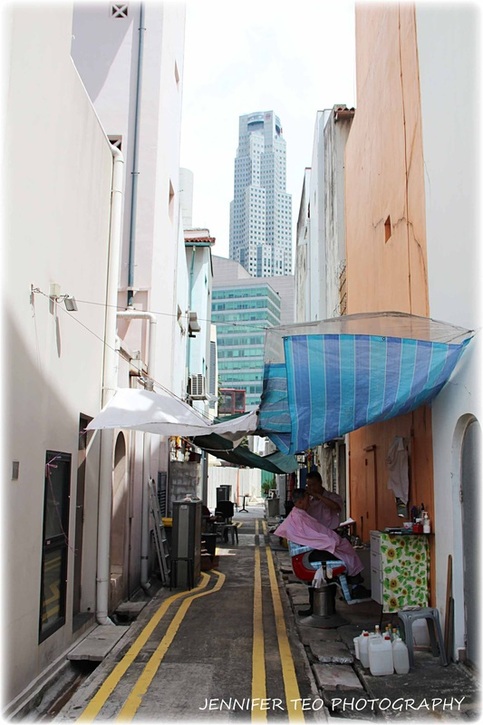
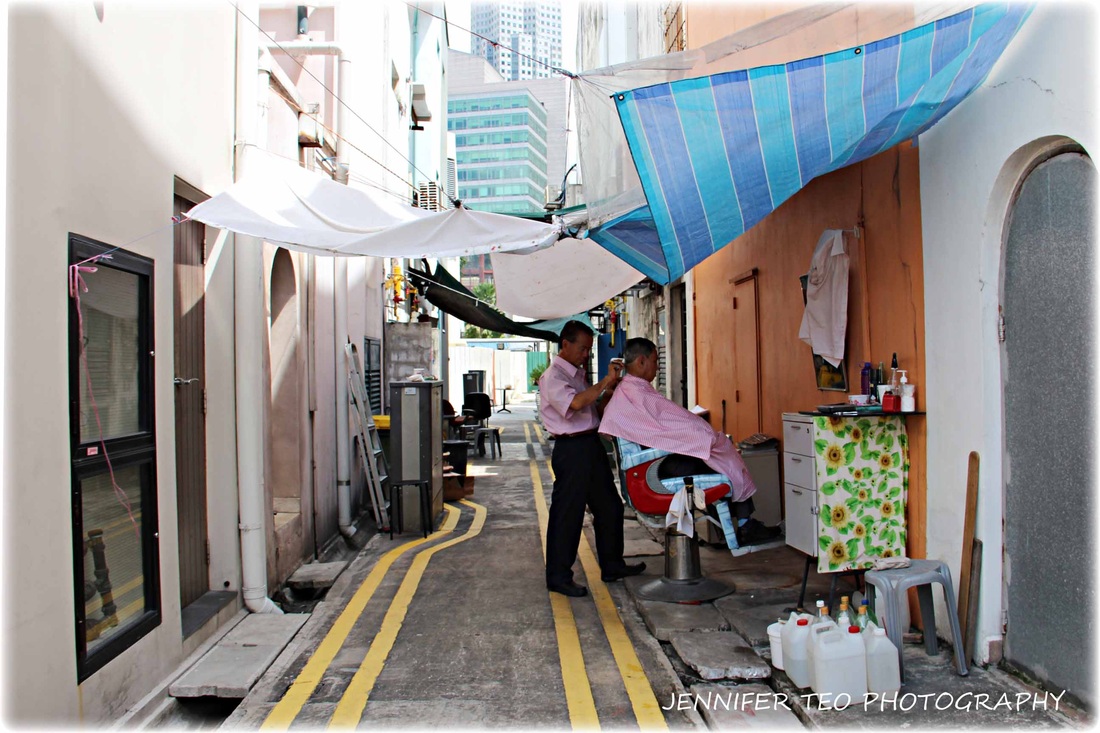
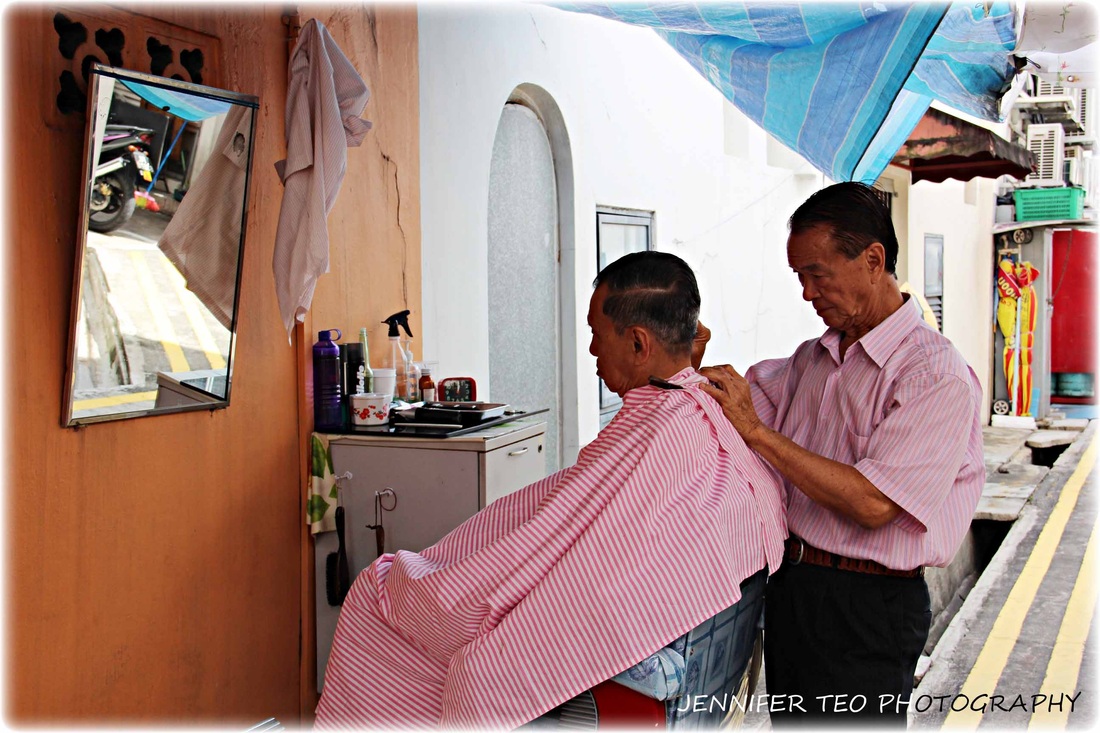
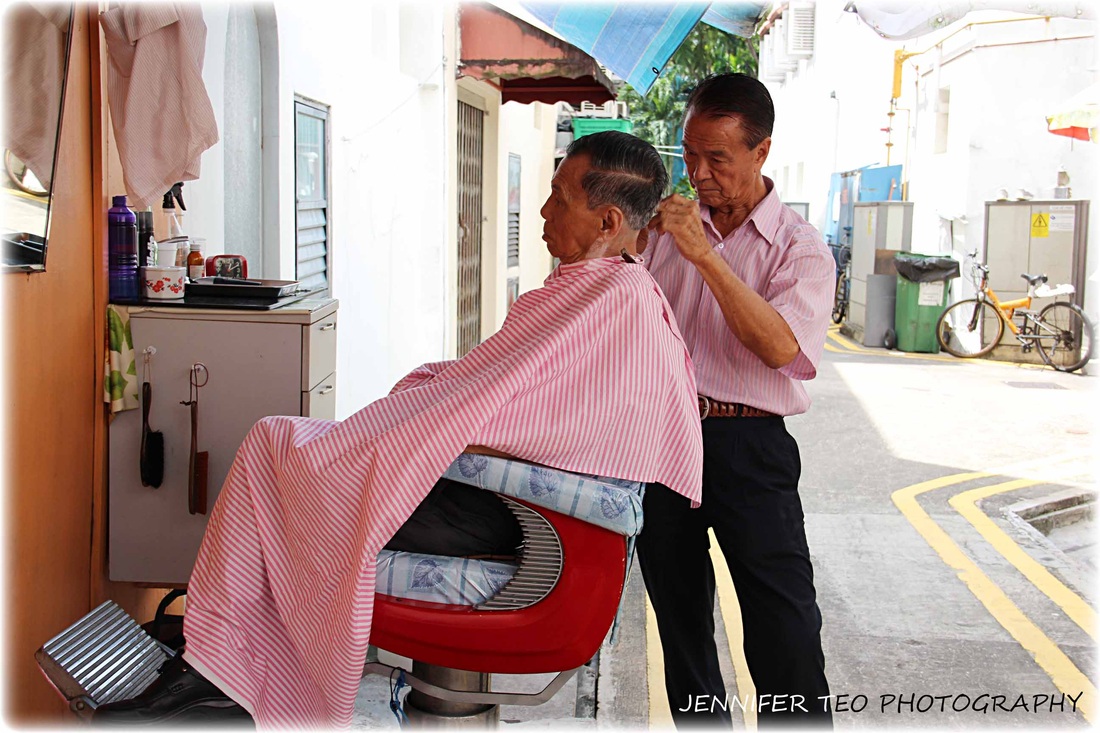
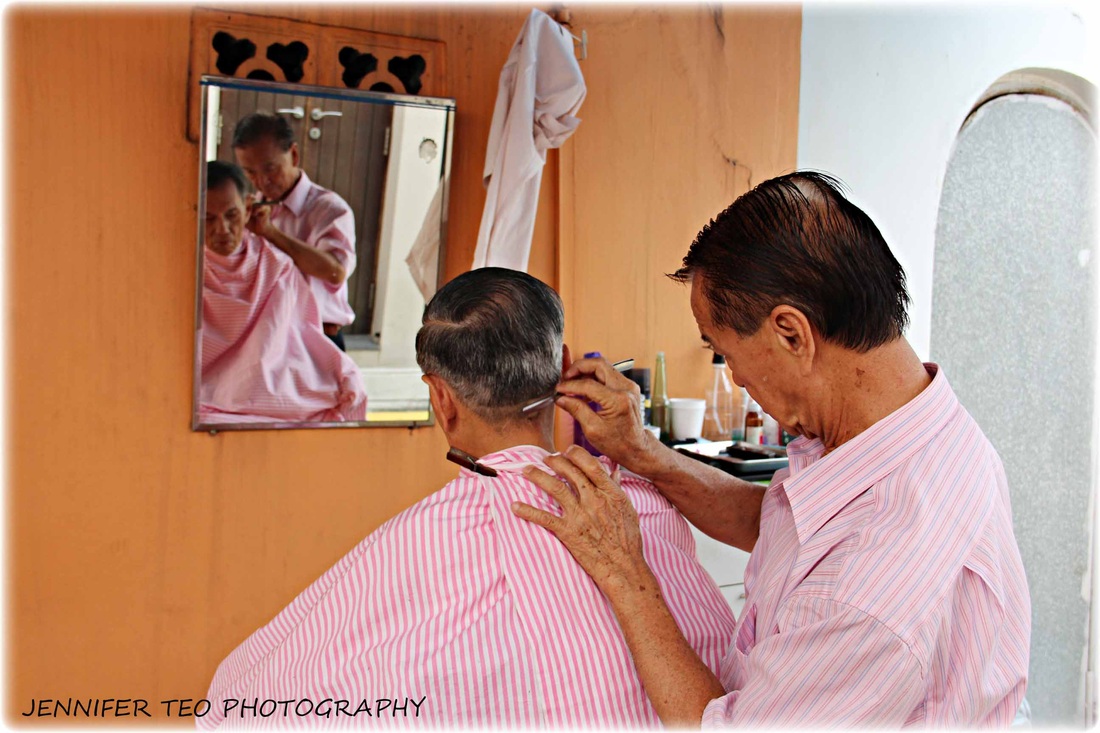
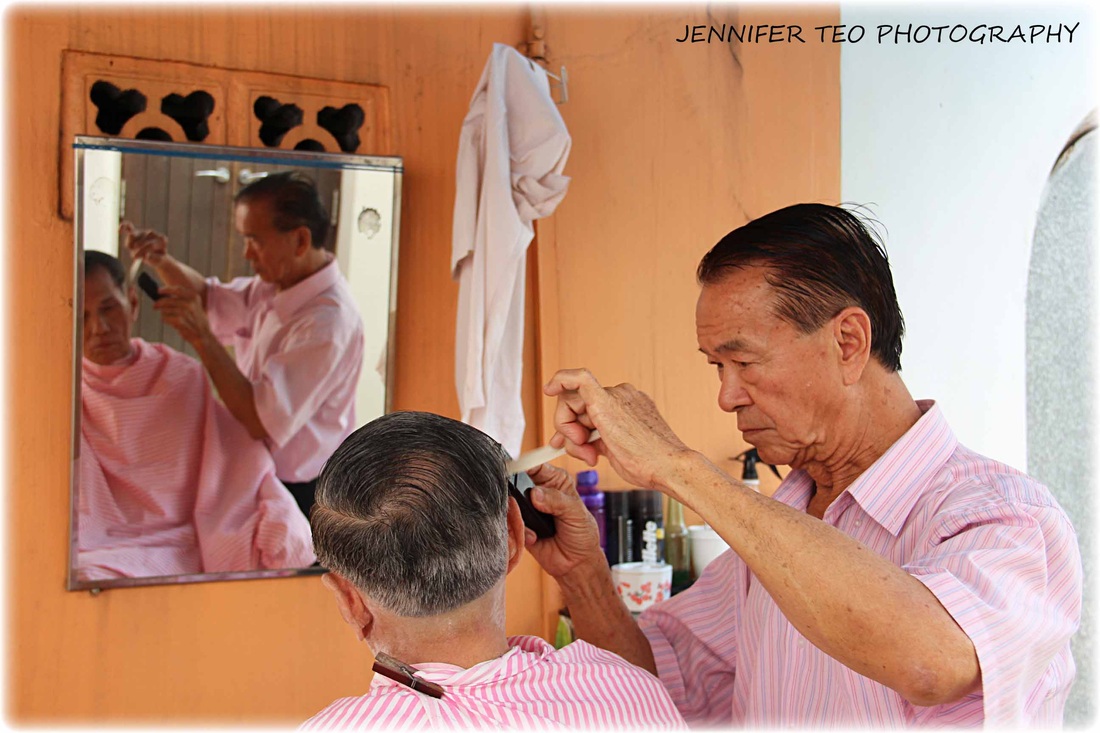
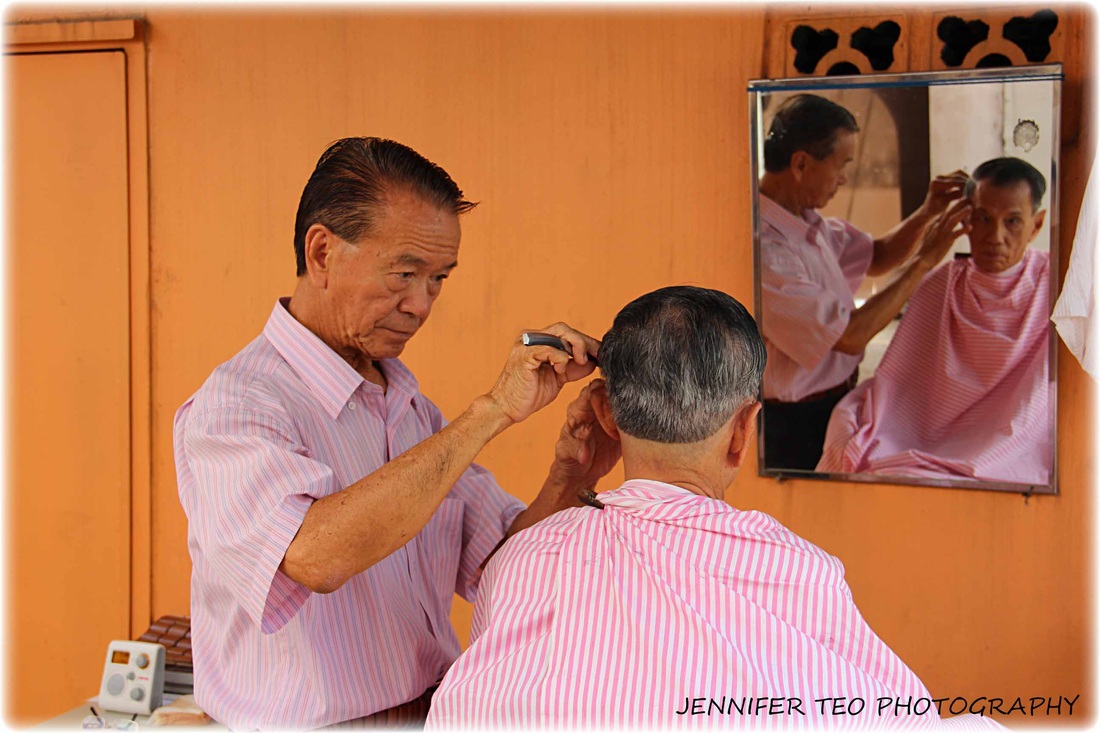
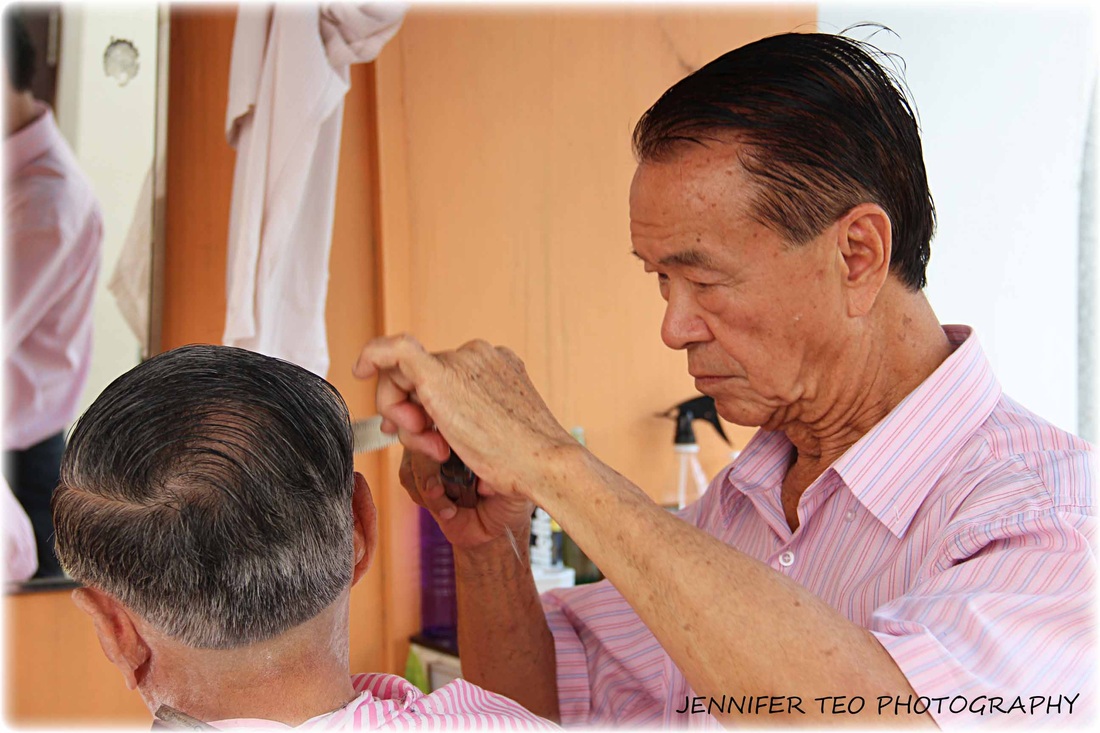
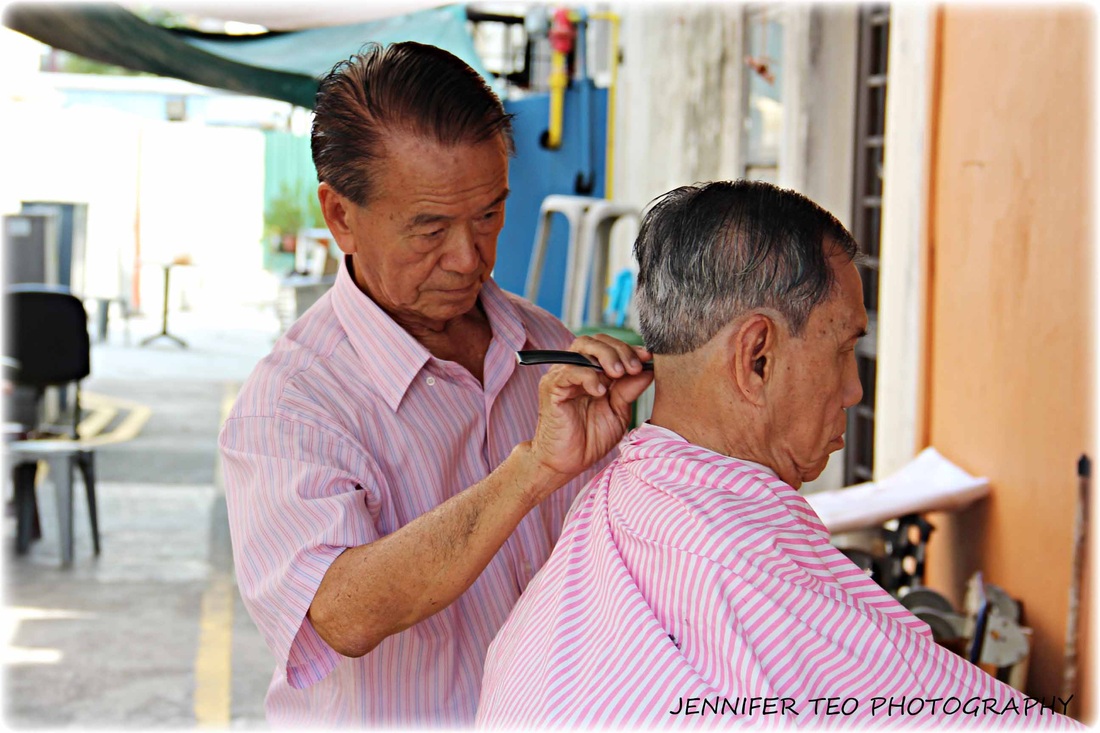
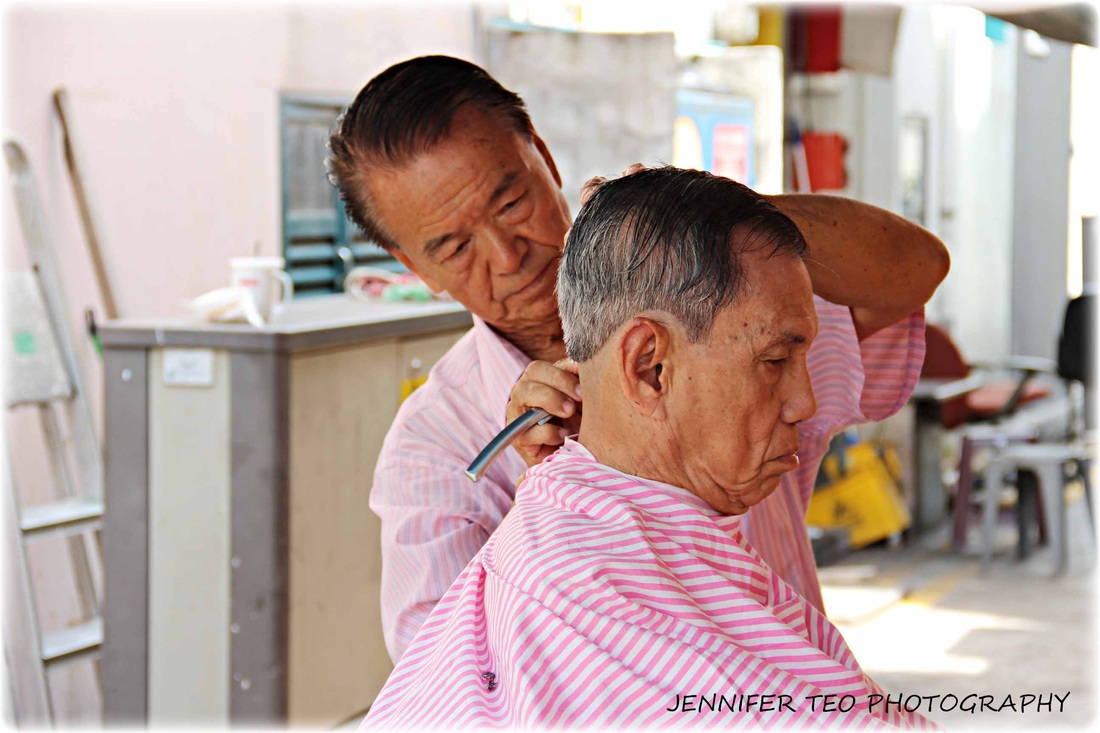
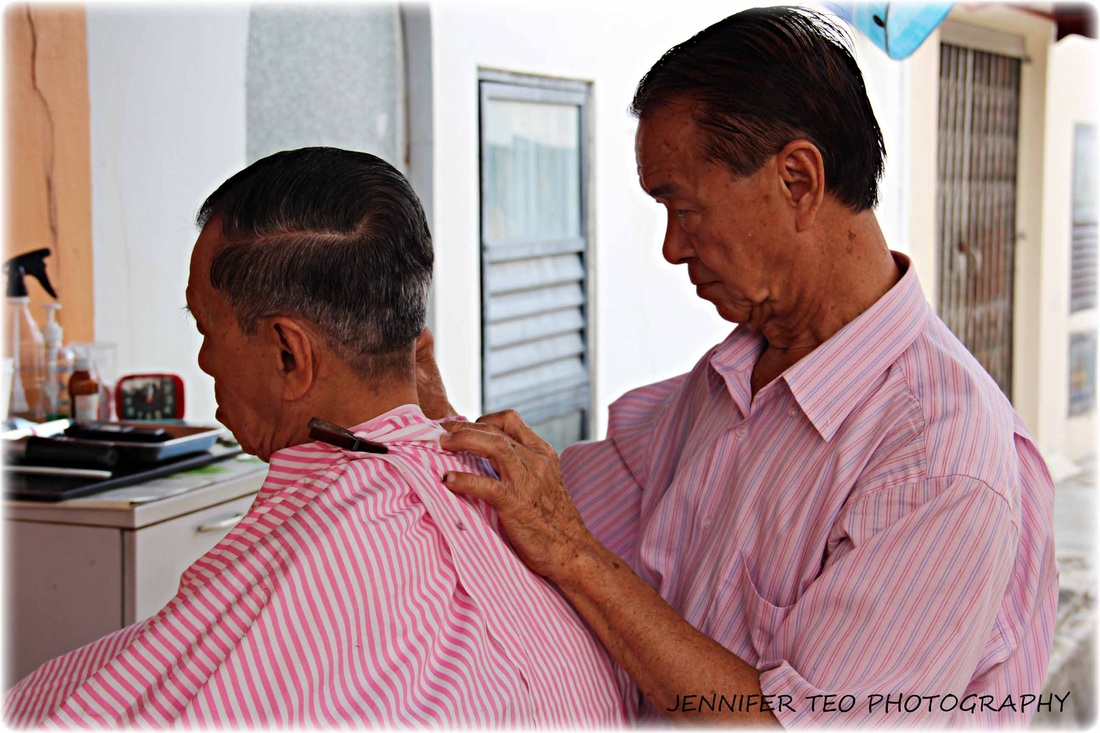
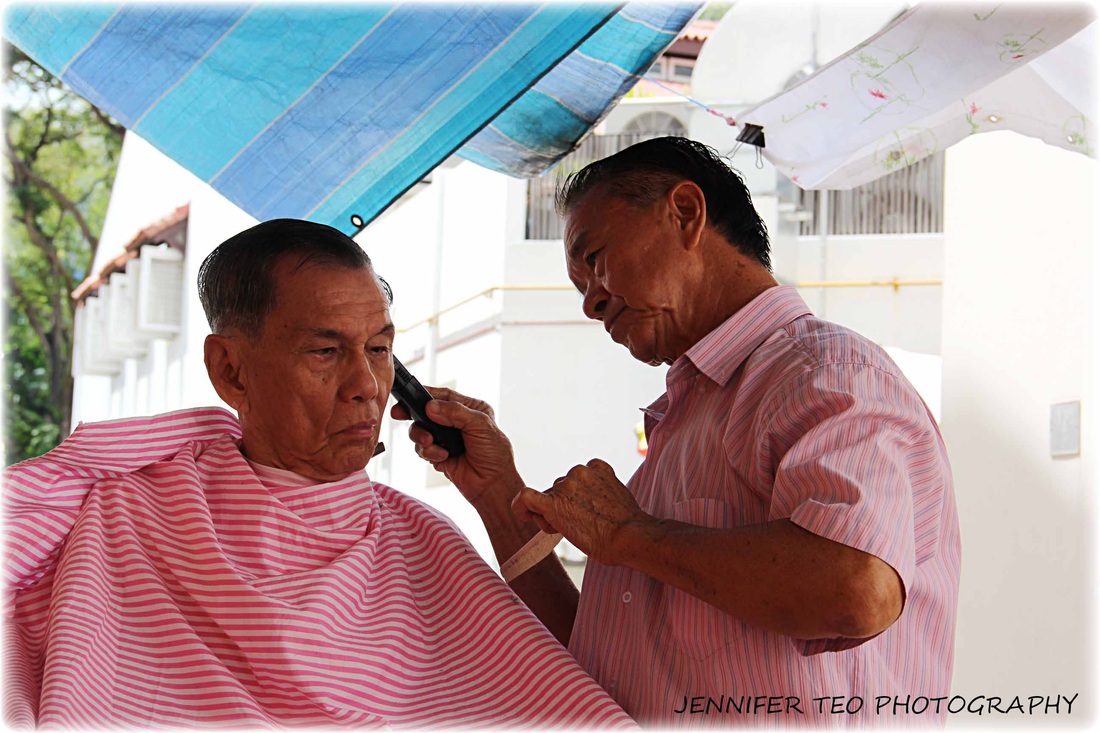
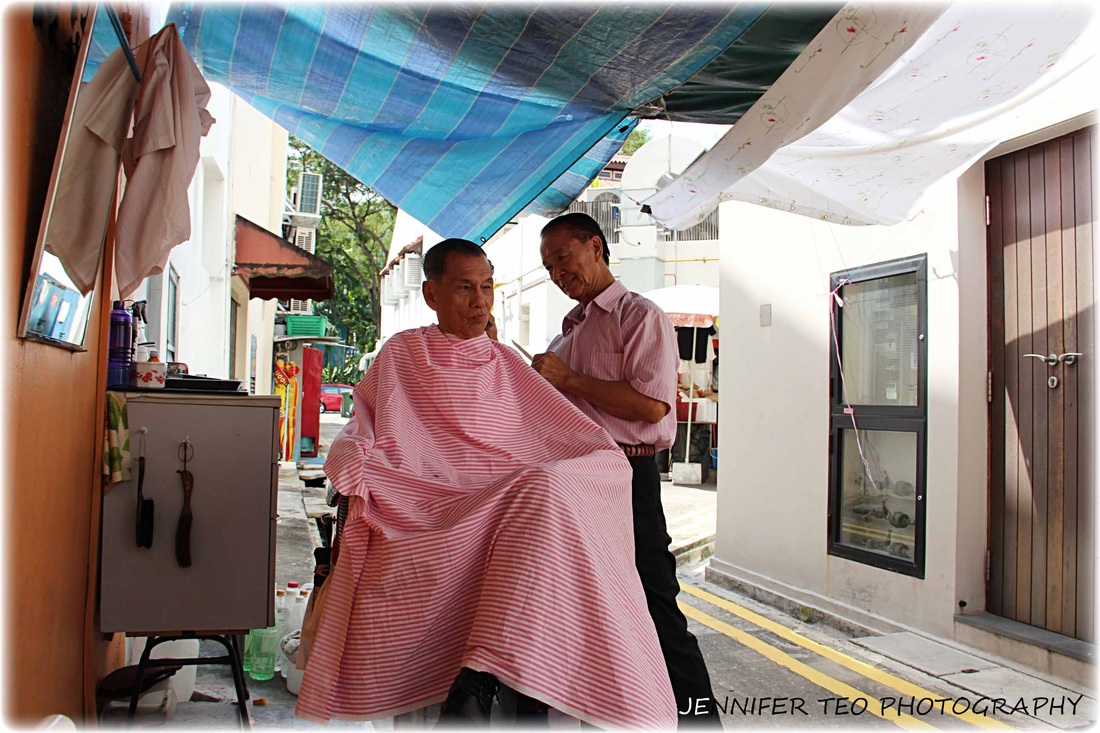
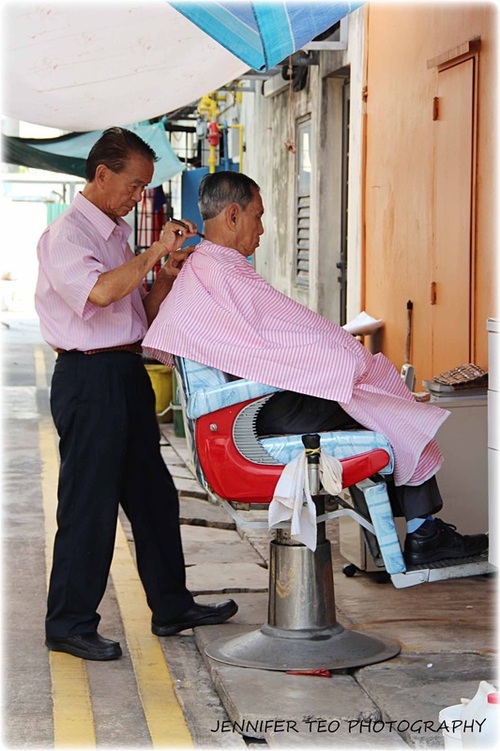
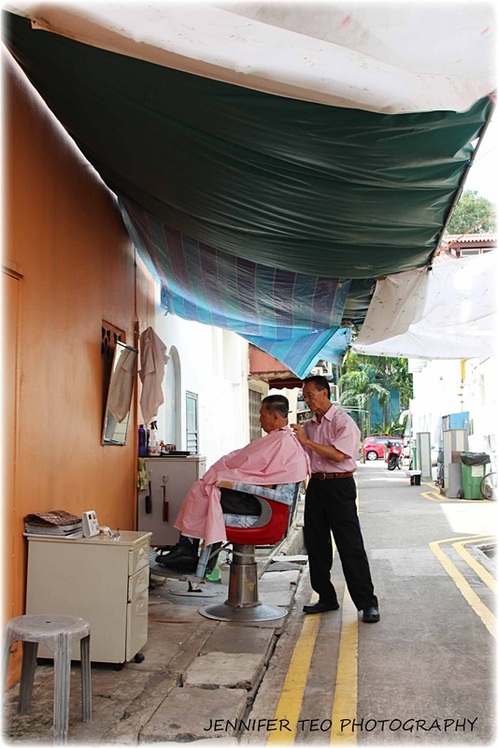
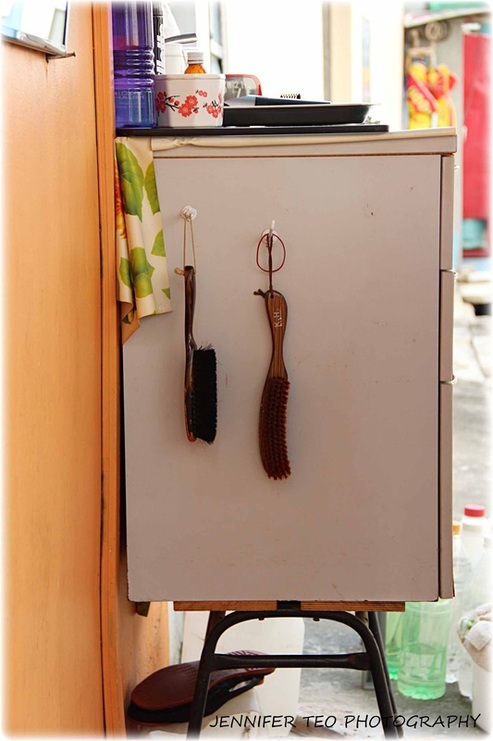
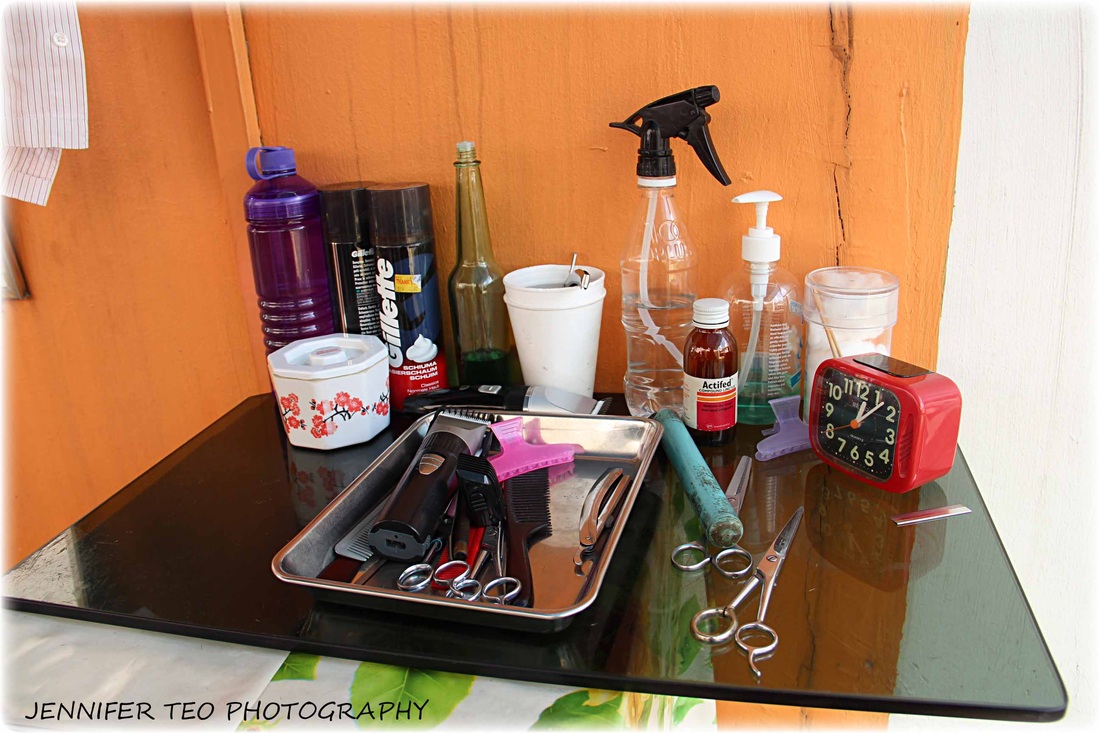
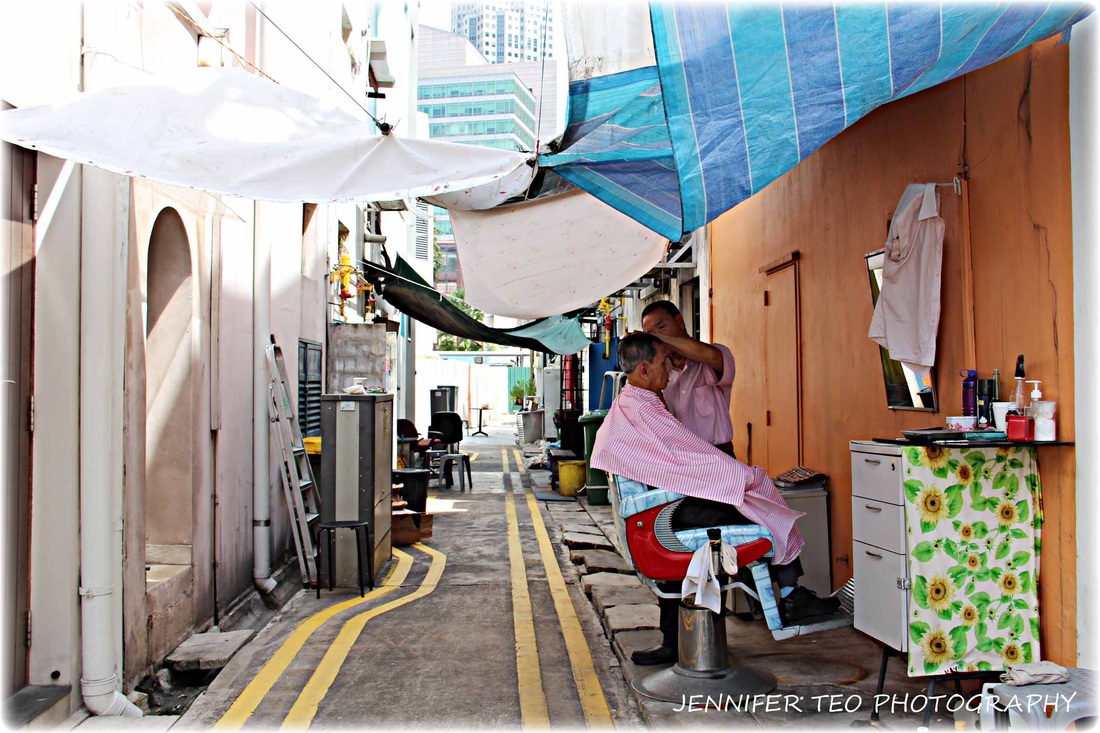

 RSS Feed
RSS Feed






